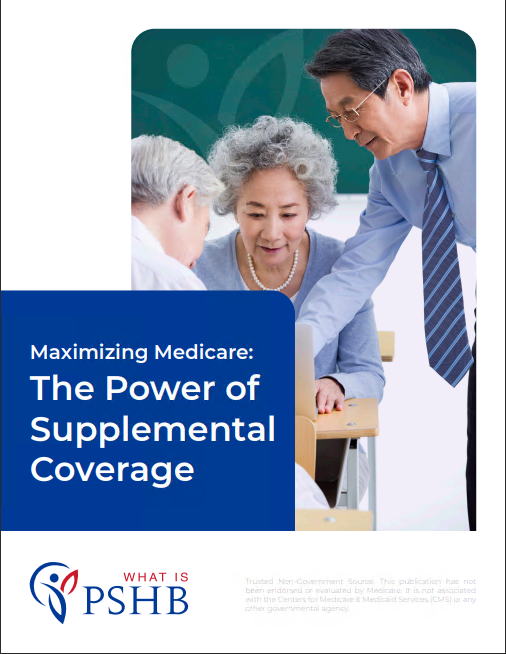As individuals approach retirement age, one of the most crucial considerations is healthcare coverage. With Medicare being a cornerstone of healthcare for seniors in the United States, understanding its basics is essential. In this beginner’s guide to Medicare, we’ll break down the key components of the program, eligibility requirements, coverage options, and how to enroll effectively.
What is Medicare?
Medicare is a federal health insurance program primarily designed for individuals aged 65 and older. It also covers certain younger people with disabilities and individuals with end-stage renal disease (ESRD). The program helps cover various healthcare services, including hospital stays, doctor visits, preventive care, prescription drugs, and more.
Understanding Medicare Parts
Medicare consists of four main parts:
-
Medicare Part A (Hospital Insurance): Part A covers inpatient hospital stays, skilled nursing facility care, hospice care, and some home health services. Most people receive Part A coverage automatically when they turn 65, provided they or their spouse paid Medicare taxes while working.
-
Medicare Part B (Medical Insurance): Part B covers outpatient care, including doctor visits, preventive services, durable medical equipment, and some home health services. Beneficiaries typically pay a monthly premium for Part B coverage.
-
Medicare Part C (Medicare Advantage): Part C, also known as Medicare Advantage, offers an alternative way to receive Medicare benefits through private insurance companies approved by Medicare. These plans often include Part A, Part B, and sometimes Part D coverage, along with additional benefits like vision, dental, and hearing.
-
Medicare Part D (Prescription Drug Coverage): Part D provides prescription drug coverage through private insurance plans approved by Medicare. Beneficiaries can enroll in a standalone Part D plan to add drug coverage to Original Medicare or choose a Medicare Advantage plan that includes prescription drug coverage.
Eligibility and Enrollment
Most individuals become eligible for Medicare when they turn 65, but eligibility can also be based on disability or certain medical conditions. Initial enrollment typically begins three months before the individual’s 65th birthday month and ends three months after that month.
Choosing the Right Coverage
Selecting the right Medicare coverage involves assessing individual healthcare needs, budget constraints, and preferences. Beneficiaries can choose between Original Medicare (Parts A and B) and Medicare Advantage plans. Additionally, they can opt for supplemental coverage, such as Medigap plans, to help cover out-of-pocket costs.
Conclusion
Navigating Medicare can seem overwhelming at first, but with the right information and guidance, it becomes more manageable. By understanding the basics of Medicare, exploring coverage options, and enrolling effectively, individuals can ensure access to quality healthcare in their retirement years. Whether it’s understanding enrollment periods or comparing different plans, being informed empowers beneficiaries to make the best decisions for their healthcare needs.
Contact Information:
Email: [email protected]
Phone: 1324234234






